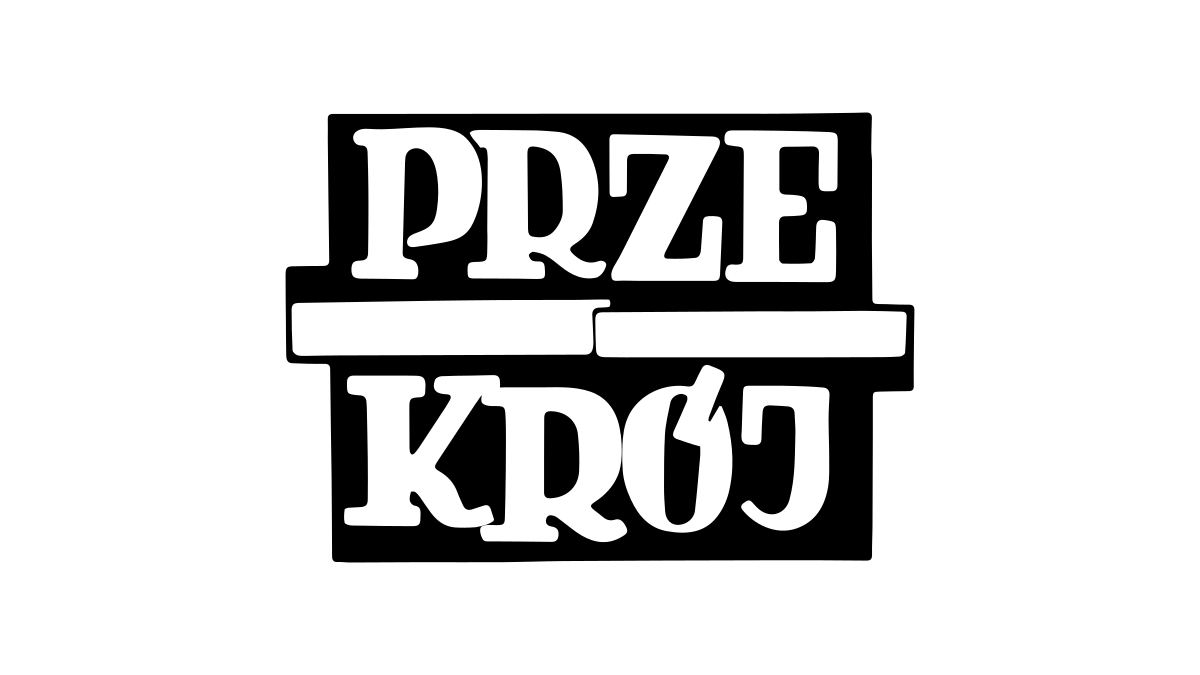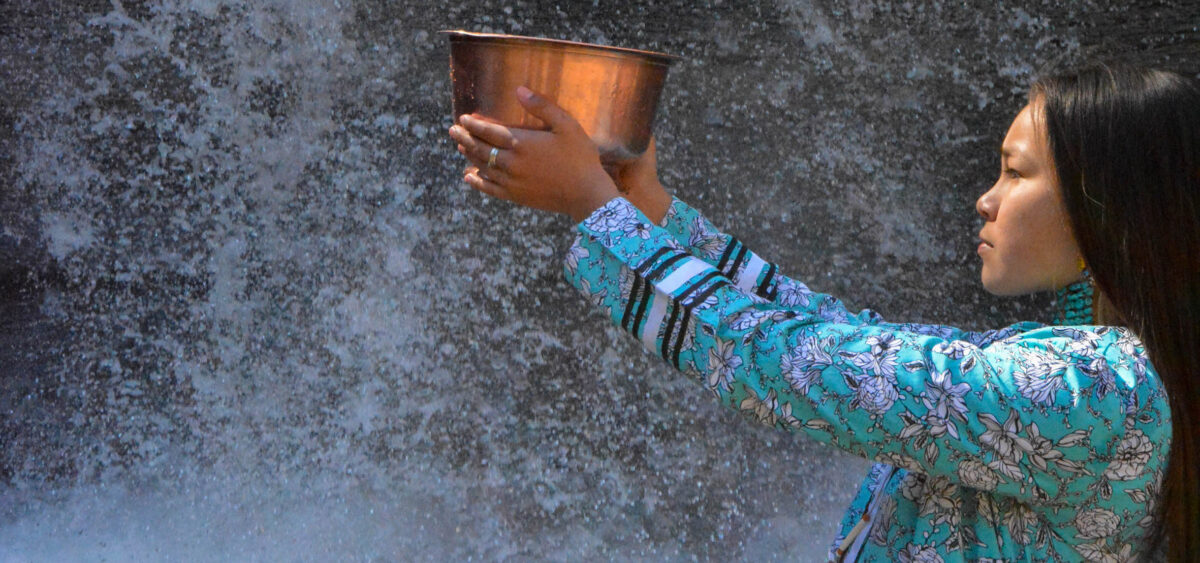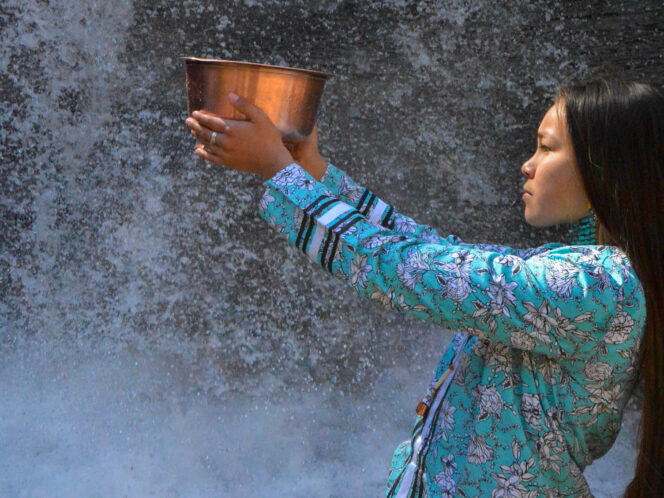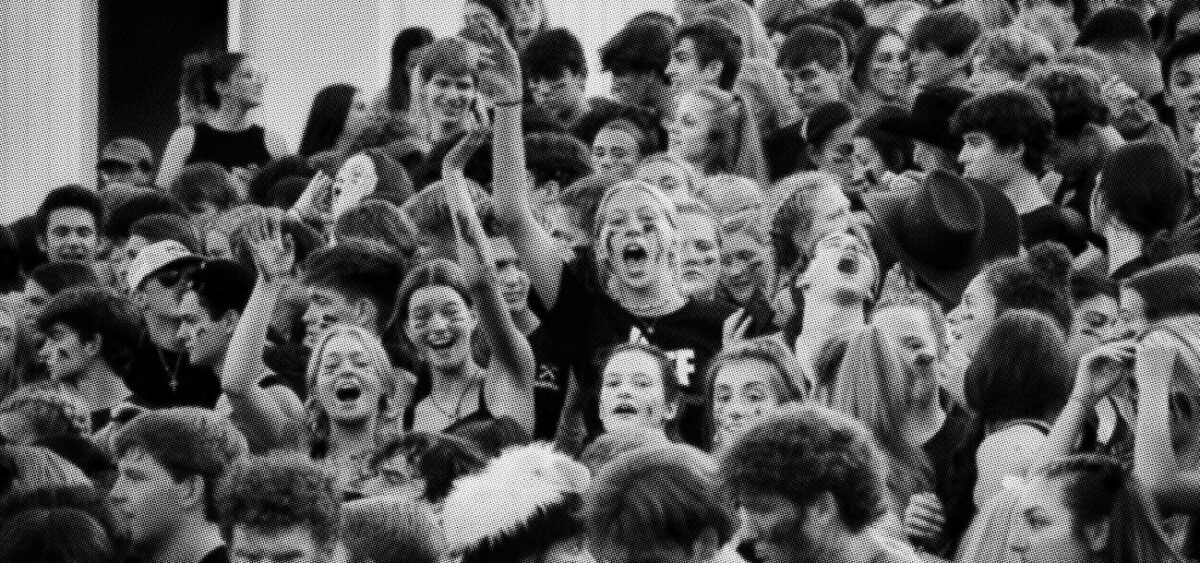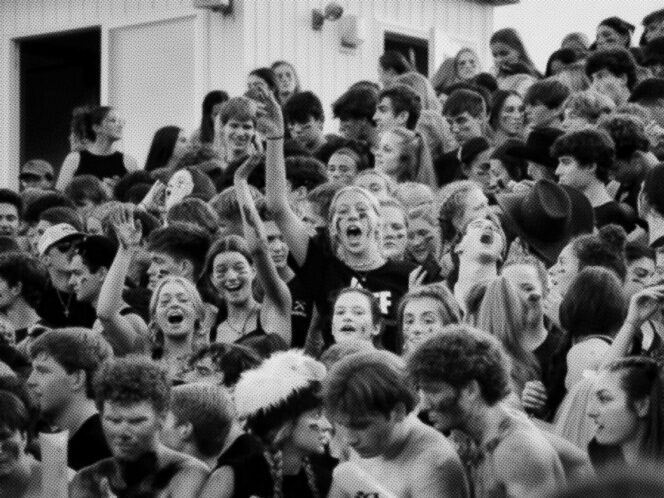
They are teenagers, and just like many of their peers, trying to save the planet. They say that simply growing up in the Indigenous communities of the Americas counts as climate activism. They bring it to a new level: to them, the Earth is sacred. They call water ‘blue gold’, and learn how to live from other living creatures.
When eight-year-old Autumn Peltier went to the bathroom during the Water Ceremony she attended with her parents at Serpent River First Nation, she was dismayed. How come it was not possible to drink tap water in an Indigenous reserve? What does it mean that the water is toxic? Autumn pelted her mother with questions. This experience was an utter shock to the little girl who grew up in the Wiikwemkoong community by one of the Great Lakes and was always taught that water is sacred.
Drought, caused by the drying out of a polluted river, was a constant source of trouble for the Xakriabá, the Indigenous peoples of south-eastern Brazil. “All my childhood was just that: planting trees, more trees, and then some more trees,” says Artemisa Xakriabá. “I’d never considered it activism, we were just trying to survive.”
“Activism? Growing up in an Indigenous community is activism already,” commented 19-year-old Helena Gualinga from the small Sarayaku community in the Amazon region of Ecuador.
Mother Earth’s youngest daughters
Today, Autumn, Helena and Artemisa are teenagers. Just like thousands of their peers everywhere in the world, they are fighting to save the planet. They have thousands of followers on Instagram, they speak at UN forums and climate summits, calling out politicians and activists from all over the globe. They are proving that Greta Thunberg and the Western activists – with whom they gladly cooperate – are not the only young people fighting the good fight for the climate. These young girls make
